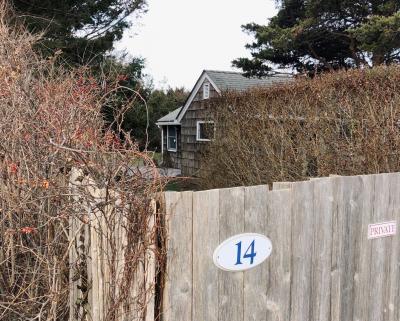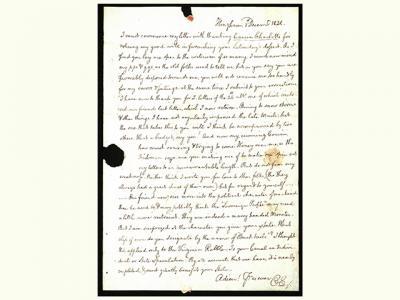East Hampton Village in Great Fiscal Shape
East Hampton Village in Great Fiscal Shape
An auditor delivered an upbeat report on the East Hampton Village government’s fiscal status on Friday.
At the village board’s last meeting of the year, Frank Sluter of the Jericho accounting and advisory firm Satty, Levine, and Ciacco summarized an audit of the village’s finances for the fiscal year ending July 31, 2018.
Total revenues of $22.7 million exceeded budgeted amounts by $1.6 million, Mr. Sluter told the board. Licenses, permits, fines, forfeitures, and state aid, he said, accounted for most of the increase.
On the expenditure side, the $20.4 million total was almost $559,000 less than budgeted amounts, “each major expense category contributing to the savings,” Mr. Sluter said. “That was really good.”
The village was able to allocate $270,000 to employee reserves, $250,000 to capital reserves, and $1.7 million into its capital projects fund. The village also paid down $840,000 of principal debt, Mr. Sluter said.
His firm encountered no difficulties in its interaction with village employees, he said. “Best of all, in my opinion, we were happy to say we didn’t identify any deficiencies in the internal controls on the financial reporting process. That’s very good. Based on our audit as well as the financial statements, I think the village is in great shape.”
“We tend to be fiscally conservative in the application of our expenditures,” Mayor Paul F. Rickenbach Jr. said. “We have to take care of our infrastructure, and as is necessary and appropriate at times, we have to spend some money to maintain that high degree of responsibility that this board has. We don’t take that lightly, at the same time.”





